Tagging Leopard Sharks in Australia
One of our latest projects was a visit to Australia to join the StAR team tagging wild leopard sharks. The StAR Project is part of the ReShark Initiative that we have been working with for two years documenting their mission to repopulate leopard sharks (Stegostoma tigrinum) in Raja Ampat, Indonesia. The trip started in the Gold Coast with a visit to Sea World Aquarium. We met their husbandry team to observe leopard sharks in captivity and their work first hand. This was a great introduction to the science the team does with these animals.
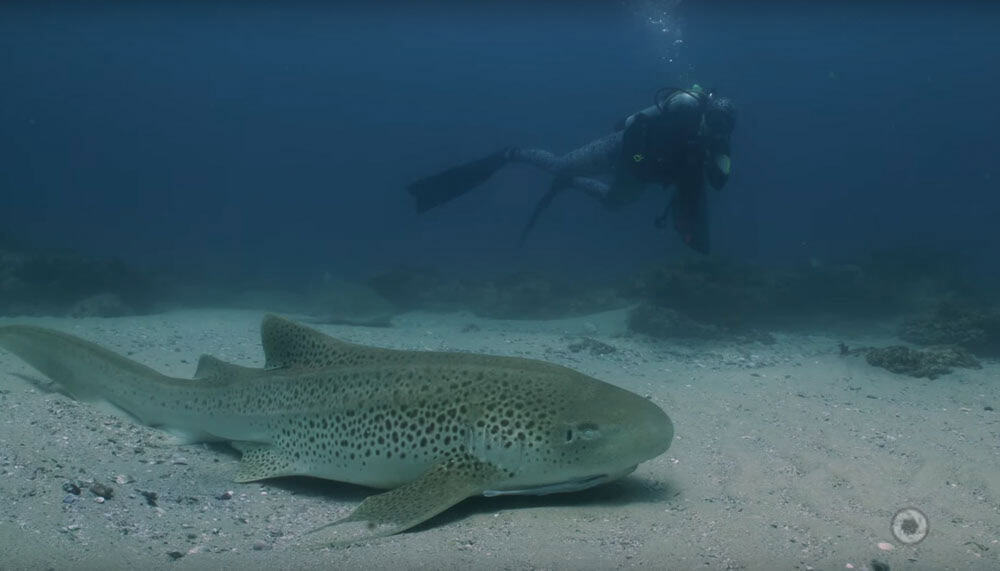
The main mission of the visit to Australia was to film the work of the StAR team in the field. This was timed to coincide with many supporters of ReShark being on location at one time. We met with Siobhan Houlihan, Dr Christine Dudgeon, Dr Mark Erdmann, Dr Lisa Hoopes, Dr Alistair Dove, Cameron Cotterell, Dr Adam Barnett, Dr David Robinson, Dr Simon Pierce and the Sea World Gold Coast’s Veterinary and Husbandry Teams. This all star team were on site to take advantage of the leopard shark congregation happening at North Stradbroke Island. This congregation happens each year and is believed to be a mating aggregation before the sharks disperse throughout the Great Barrier Reef. This large group of leopard sharks is something that we have personally wanted to witness for many years.
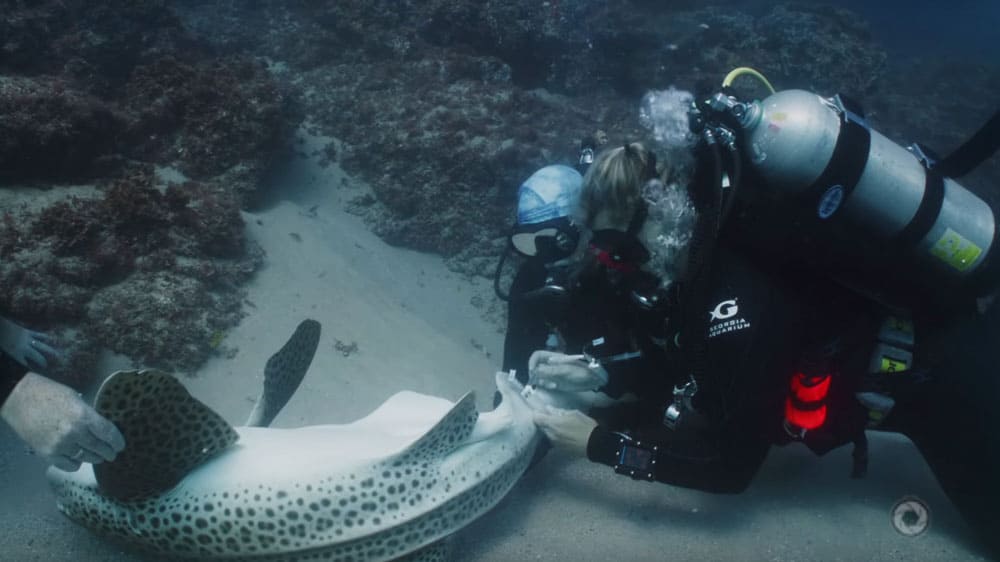
Tagging Leopard Sharks at North Stradbroke Island
Field work was carried out on North Stradbroke Island, not far from Brisbane, over a two day period. The island is home to one of the largest aggregations of leopard sharks in the world. The goals of the field work included taking photos for the ID database, inserting acoustic tags, taking cloacal swabs and blood samples from the sharks.
Working in the field with the team was certainly a fun challenge. Windy weather and choppy seas made for interesting times securing sharks at the surface to work on them. However, the professional and fun team were professional in what they do and the mission was a success. Three acoustic tags were deployed and a large number of sharks were photographed and sampled. The sheer number of sharks in the area was incredible and what we soon hope to see in Raja Ampat. What was a surprise to us was the large amount of marine life at this site. Wedgefish by the dozen, eagle rays, massive sting rays and more were all present at this amazing site.
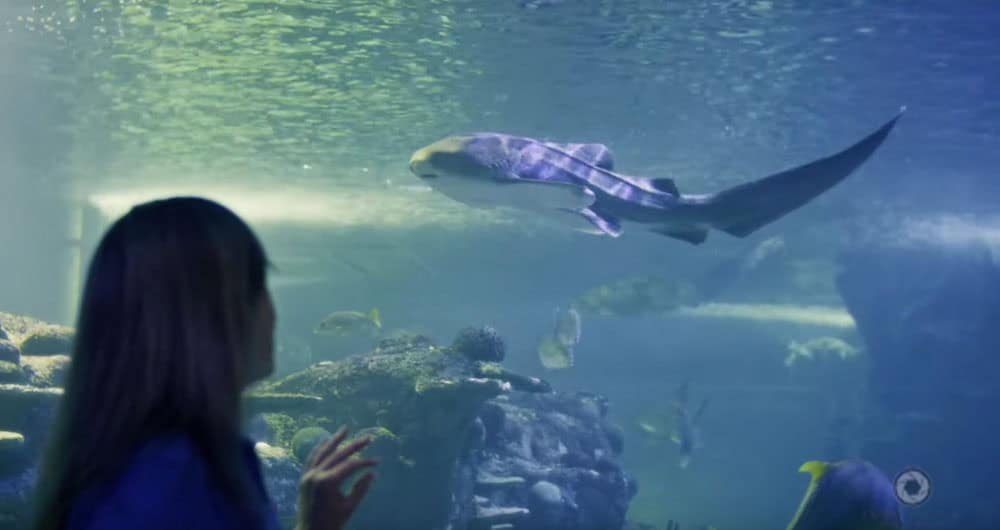
The final stop in Australia was to visit the Sea Life Sydney Aquarium to meet with Dr Laura Simmons and learn more about shark eggs. The Sydney Aquarium had several eggs on hand, the perfect opportunity to film. Dr Laura is a fountain of knowledge about the lifecyle of leopard sharks. The Sydney Aquarium was the first to supply leopard sharks to the StAR Project with these sharks being the first to be released in Raja Ampat. They are actively continuing to send eggs to the StAR Project as well.
Overall, it was exciting and invigorating to see a healthy population of leopard sharks in Queensland. This gives hope for the future that the excellent work that the team is doing in Indonesia will become successful in reintroducing this important member back into its natural ecosystem. Please watch the film in order to more fully understand this great project.
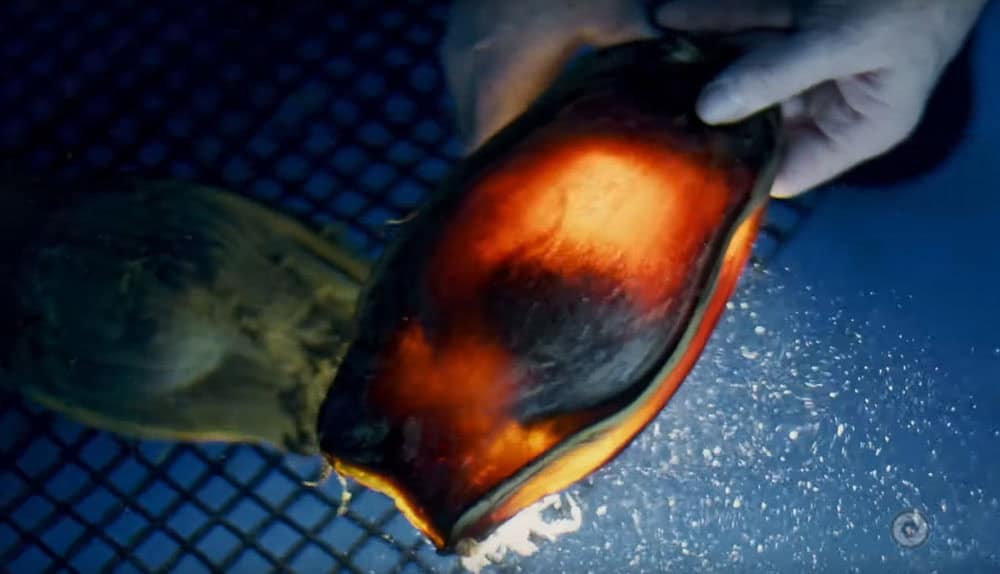
For more information about ReShark and the StAR Project please visit their website at www.reshark.org

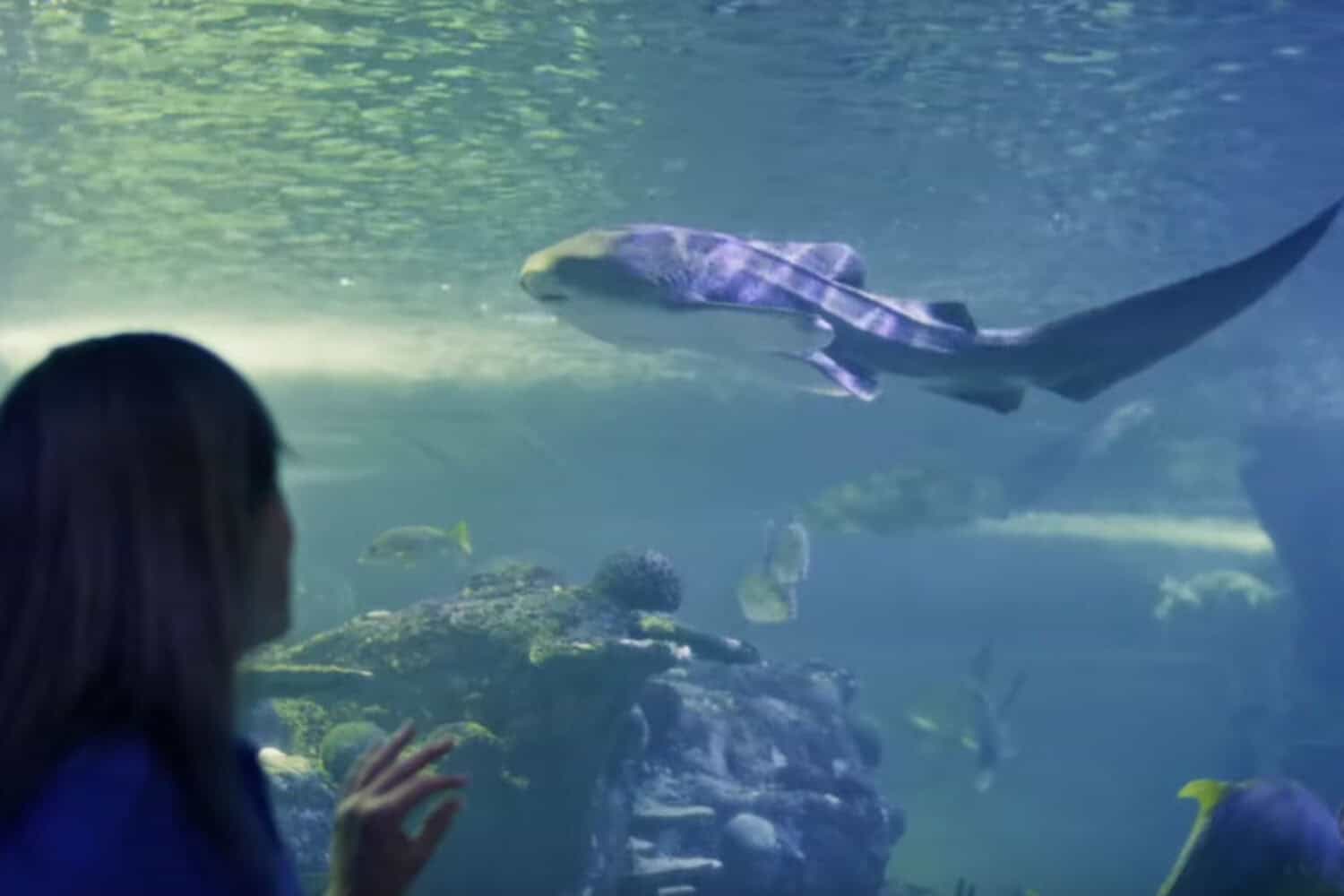
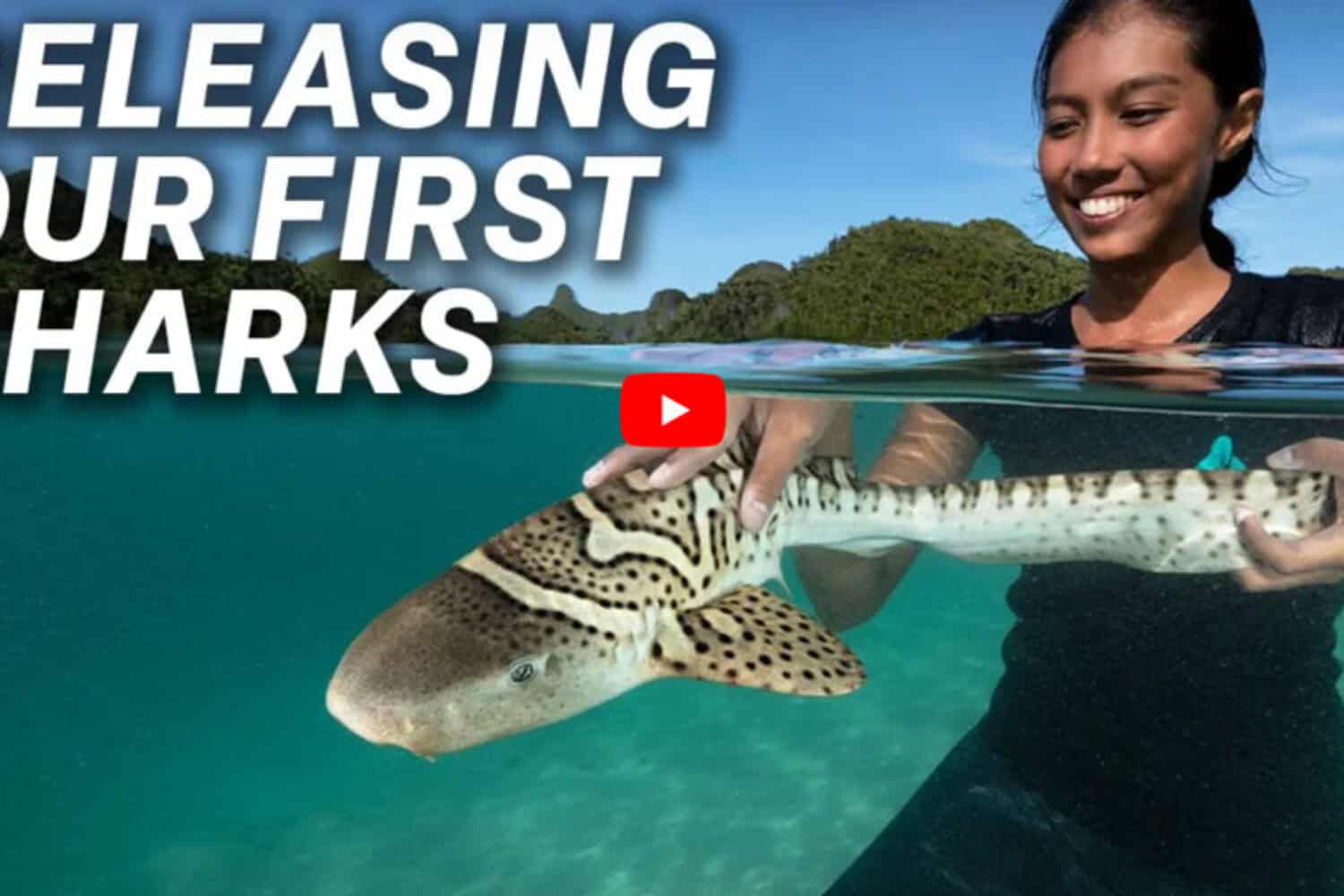
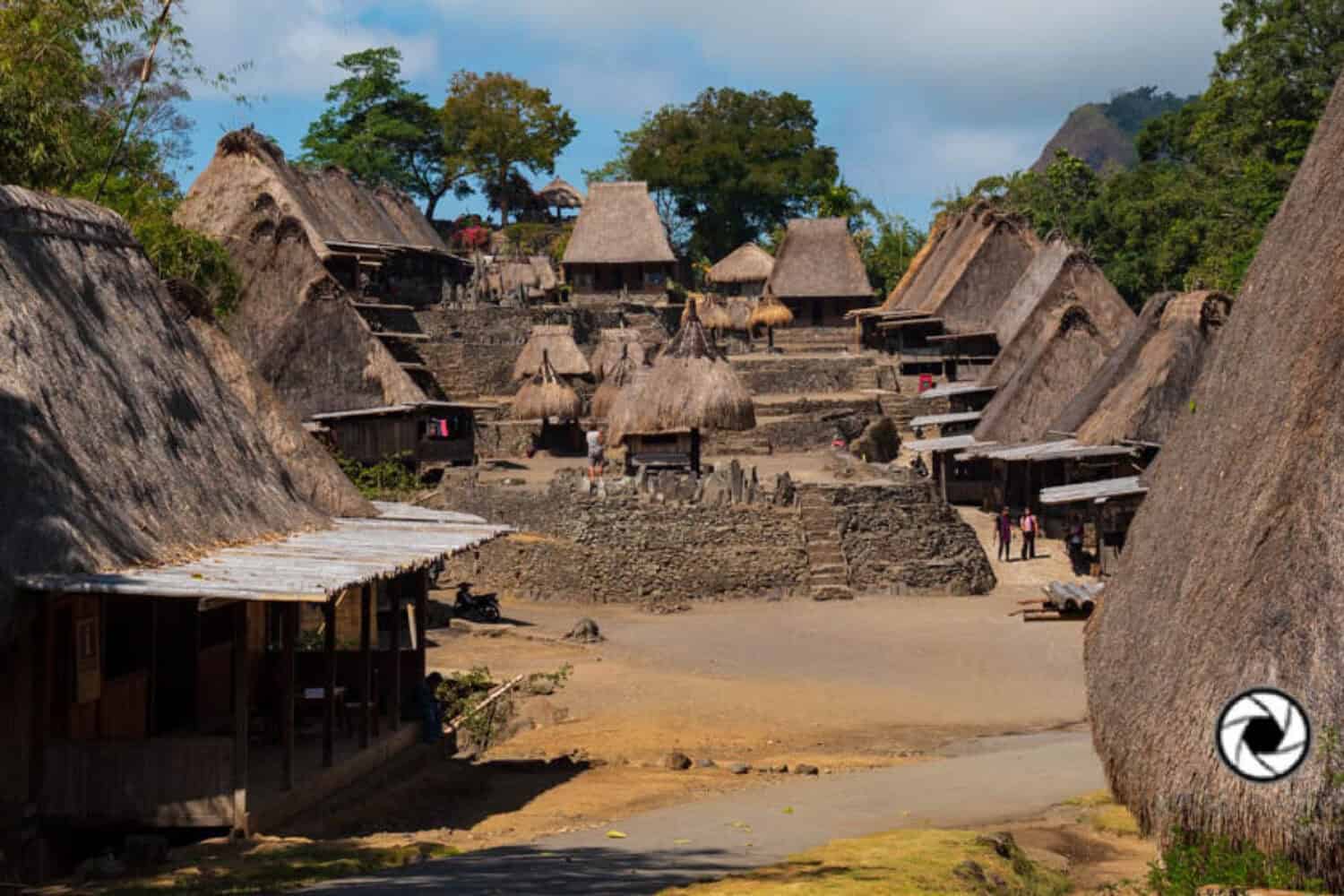
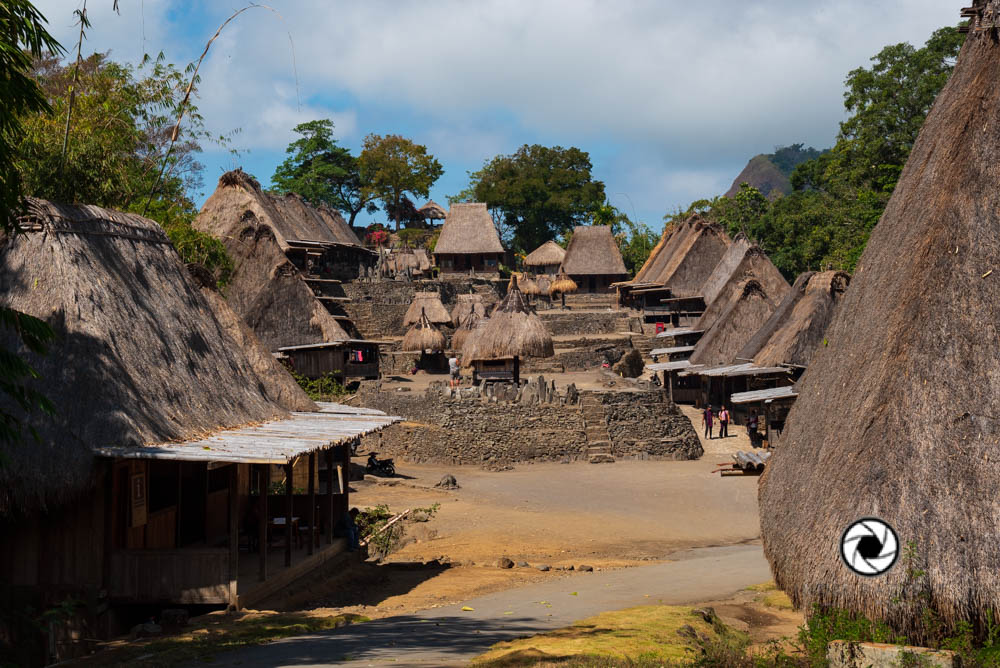
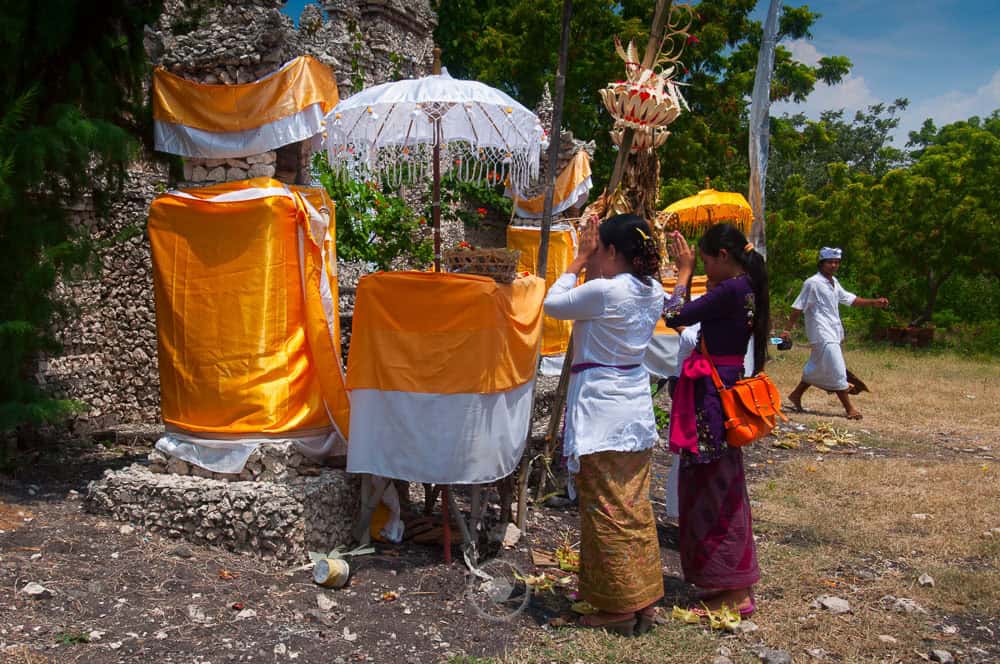
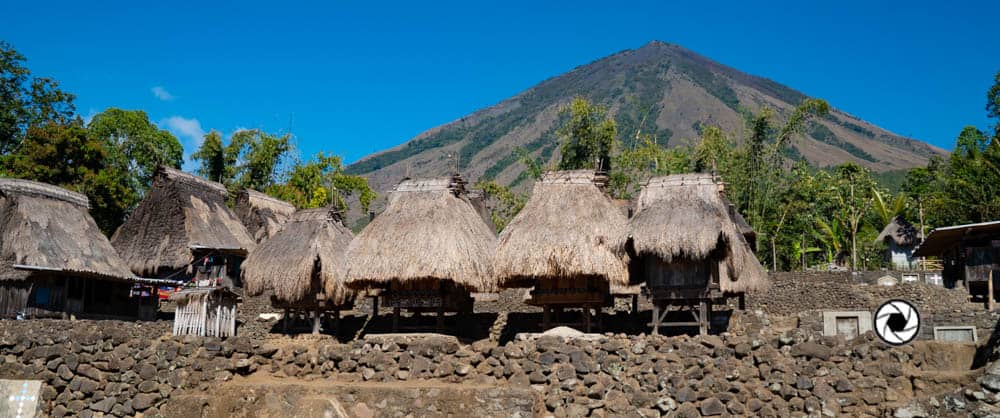
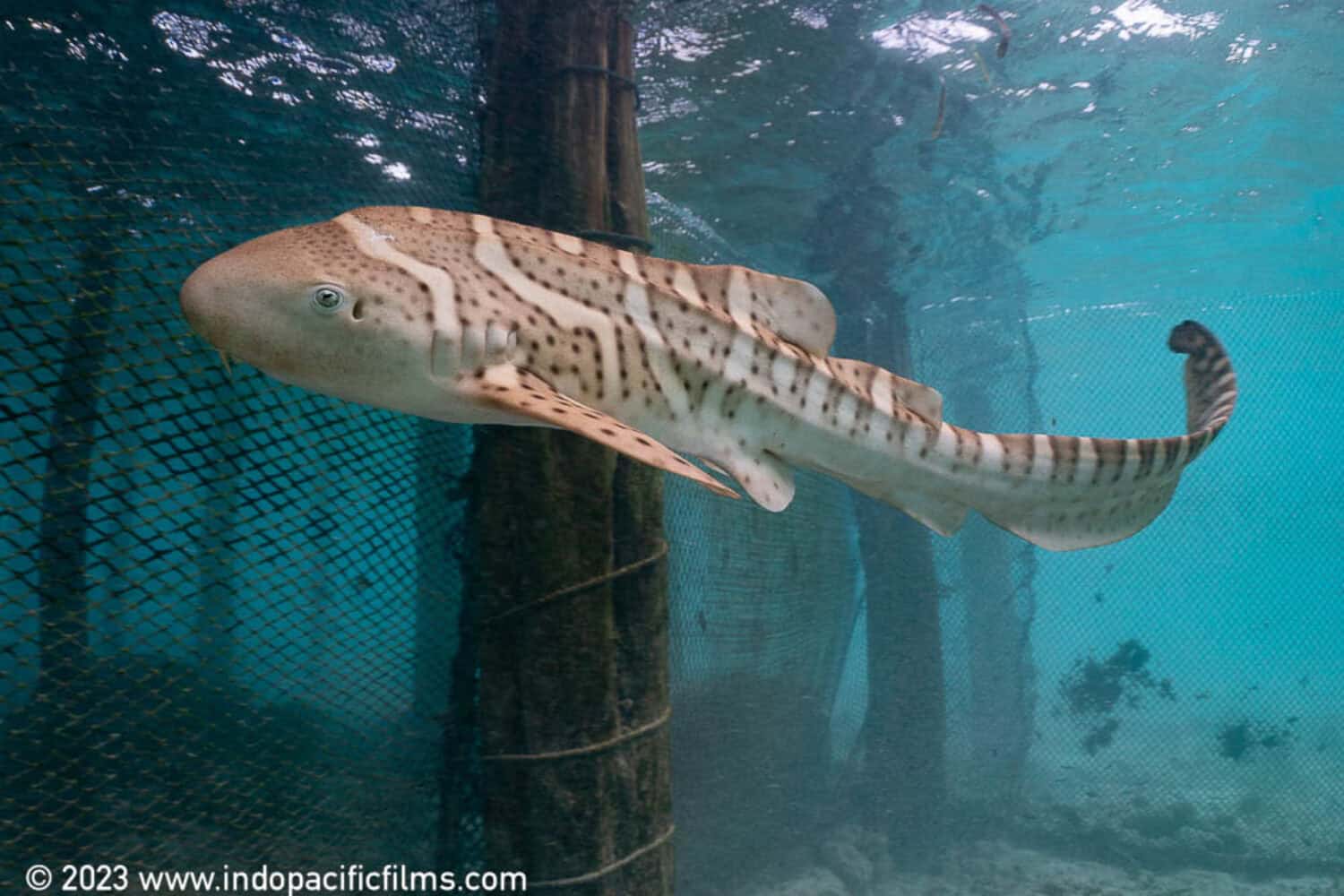
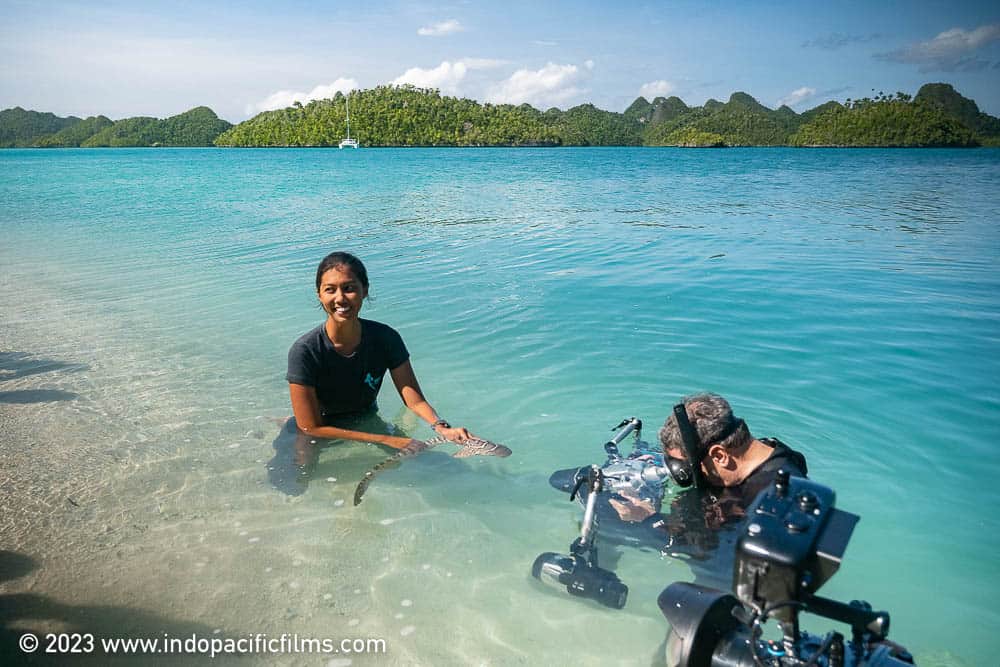
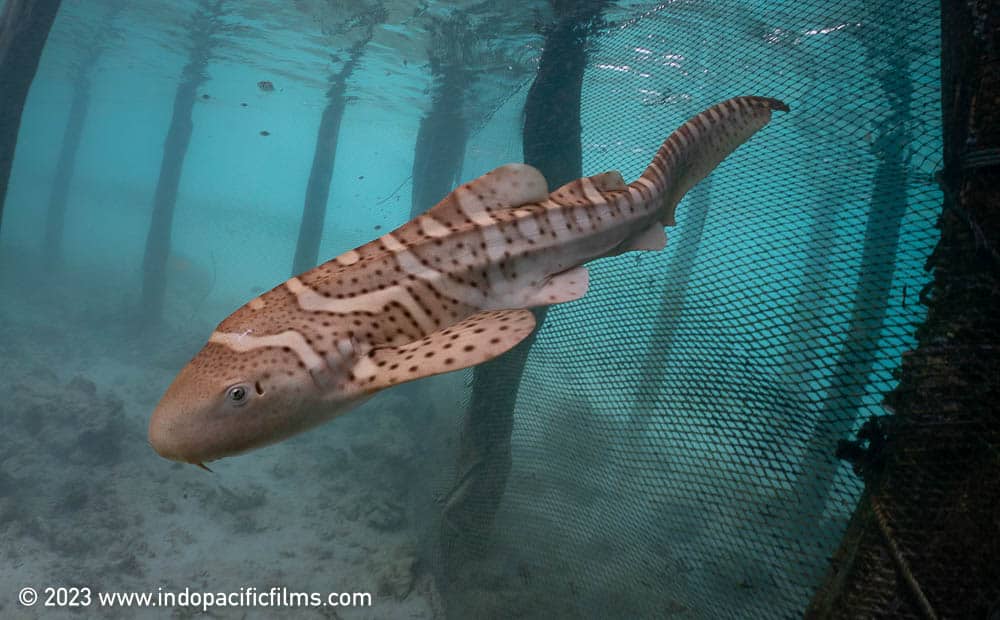
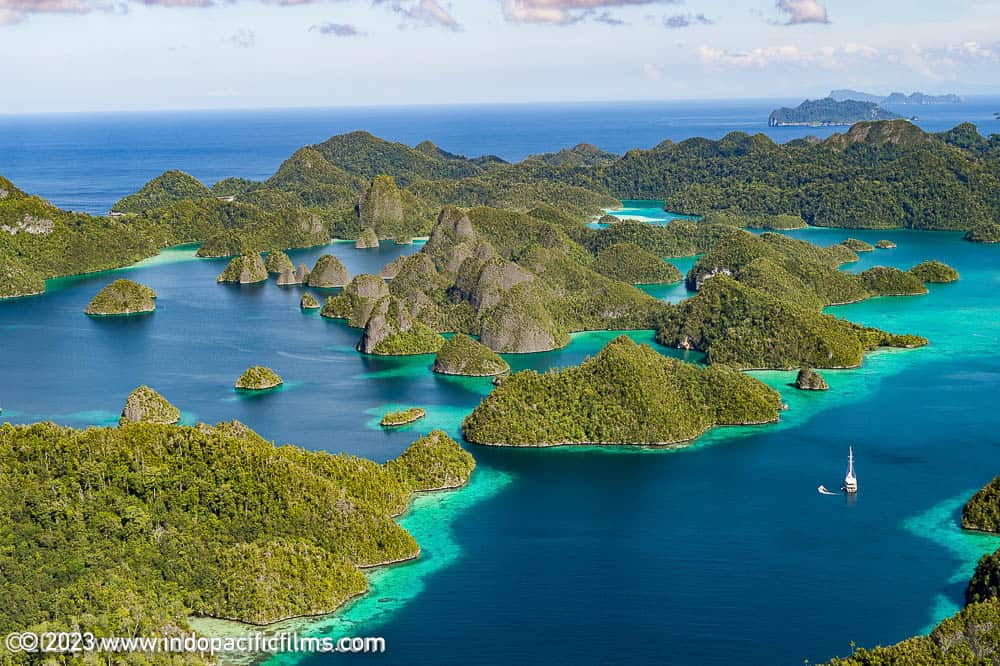
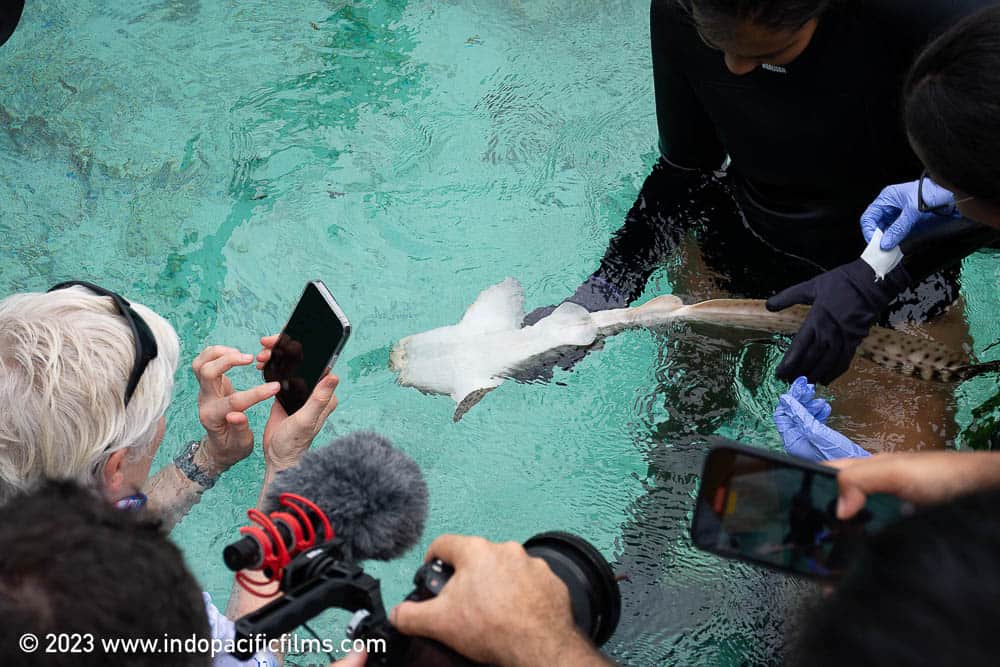
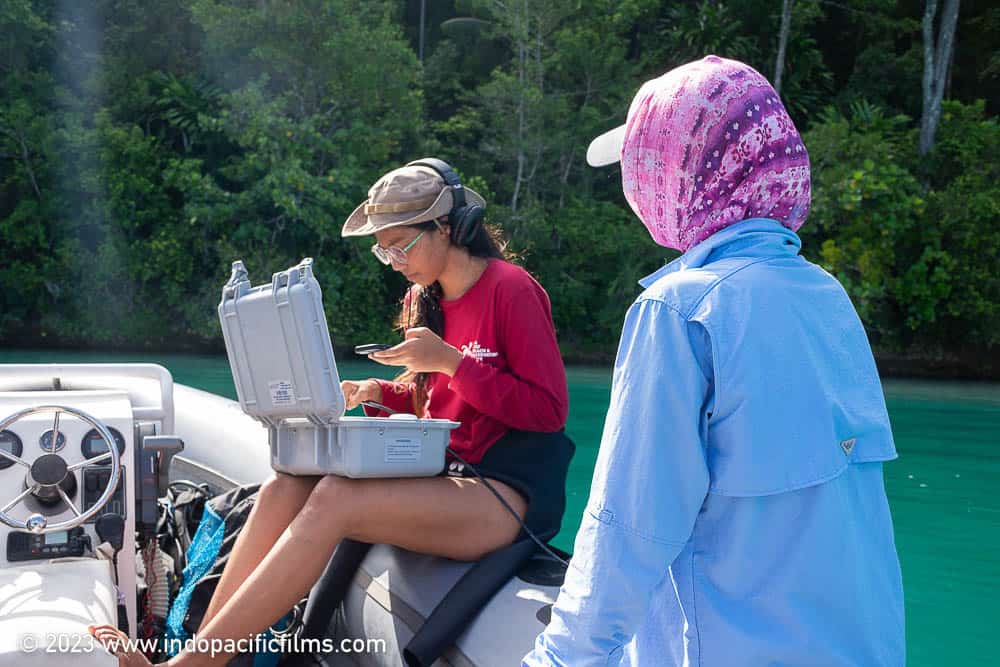
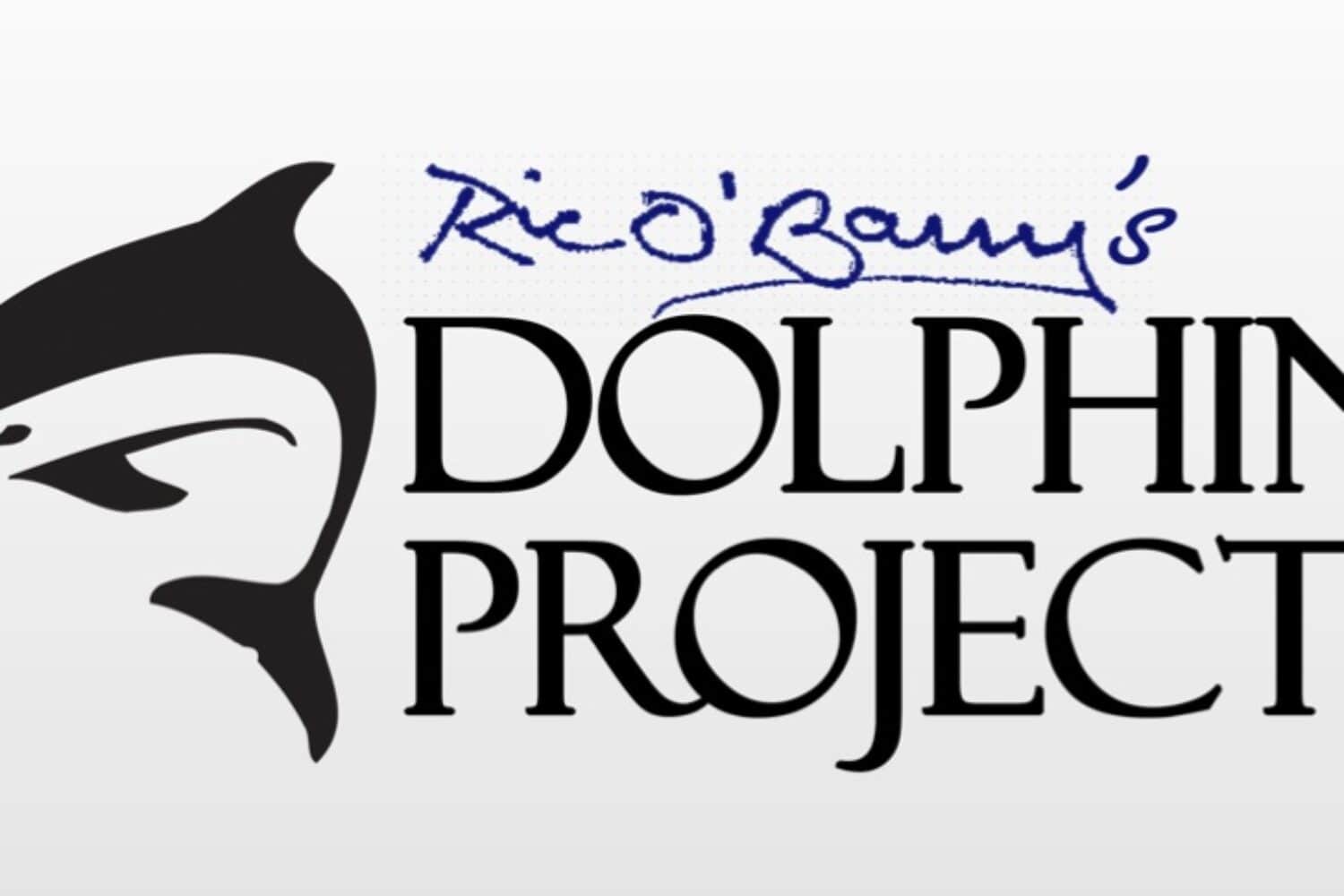

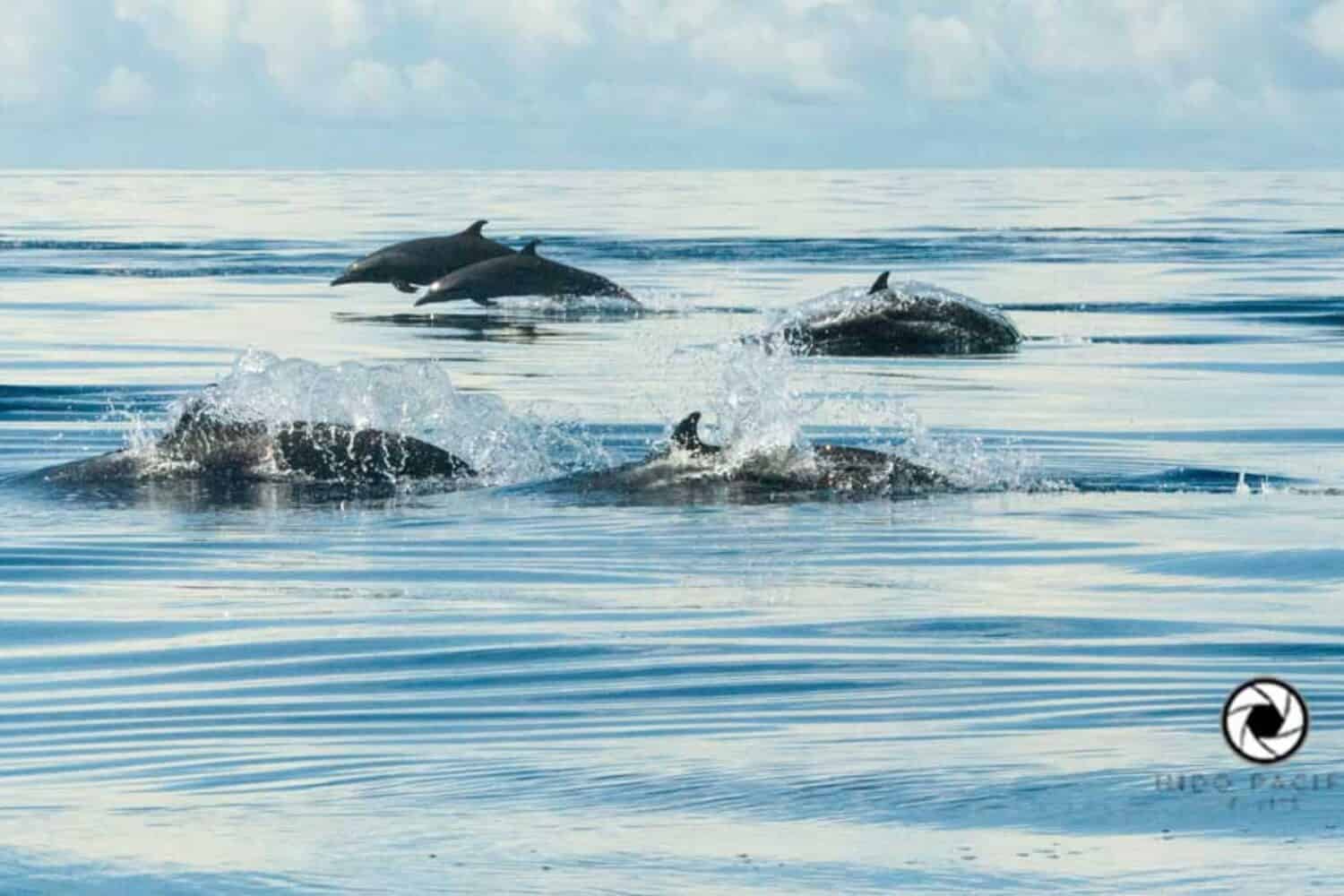
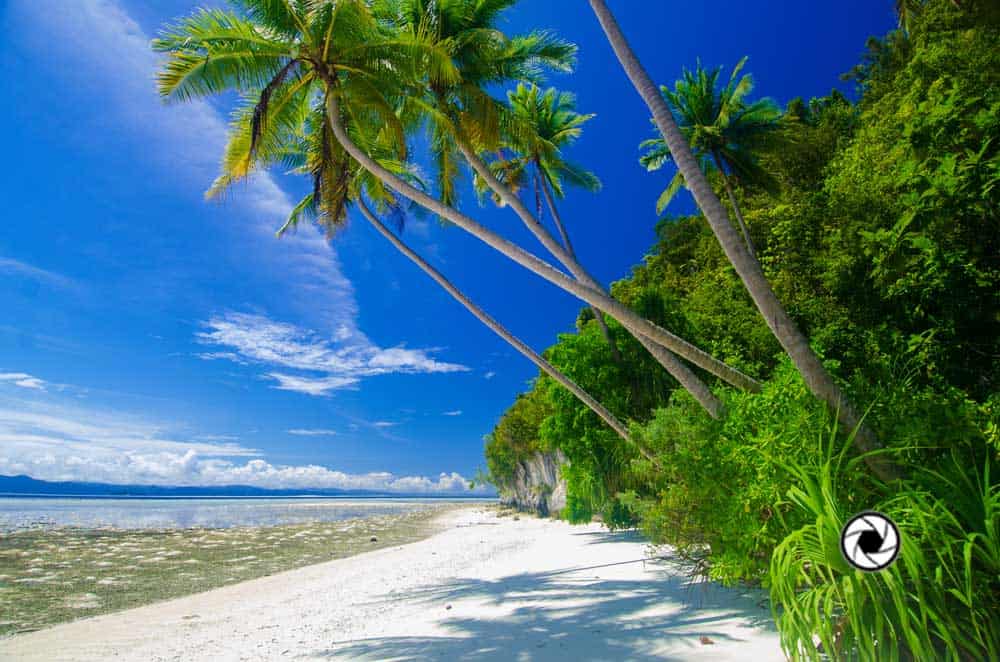
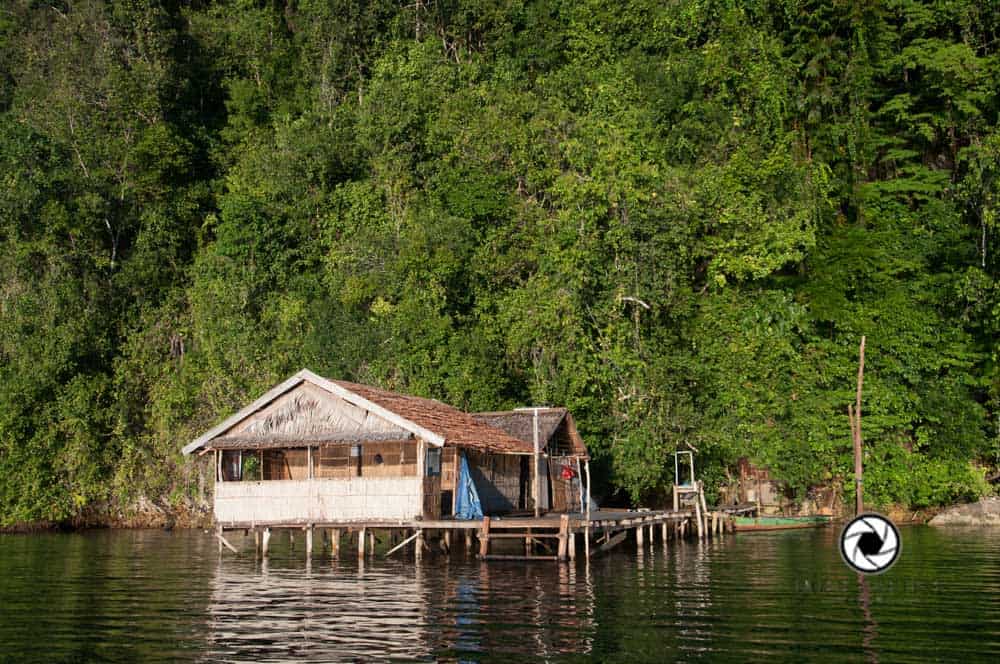
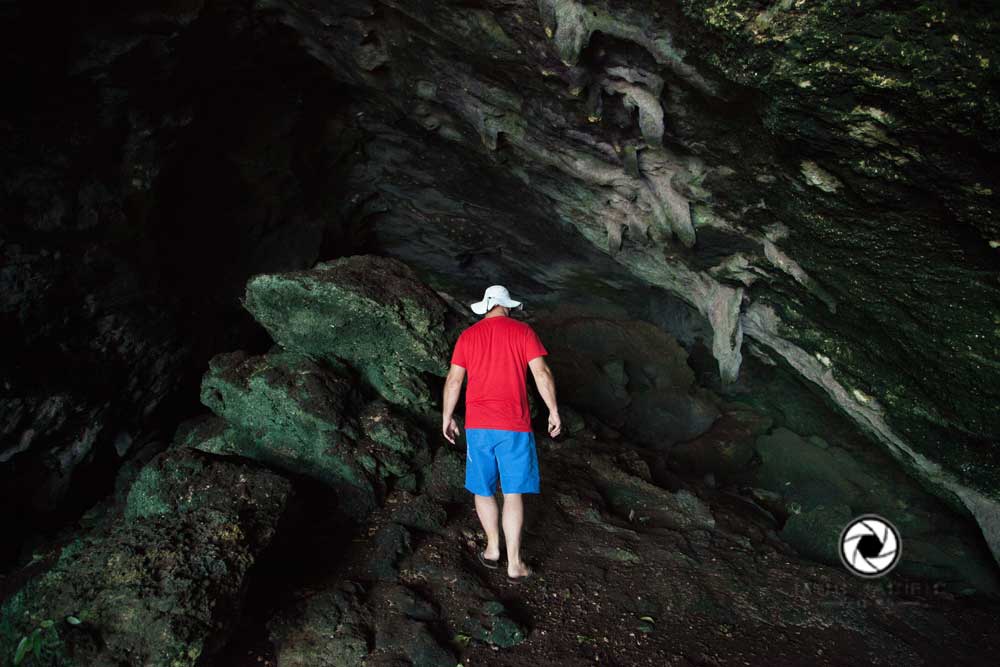
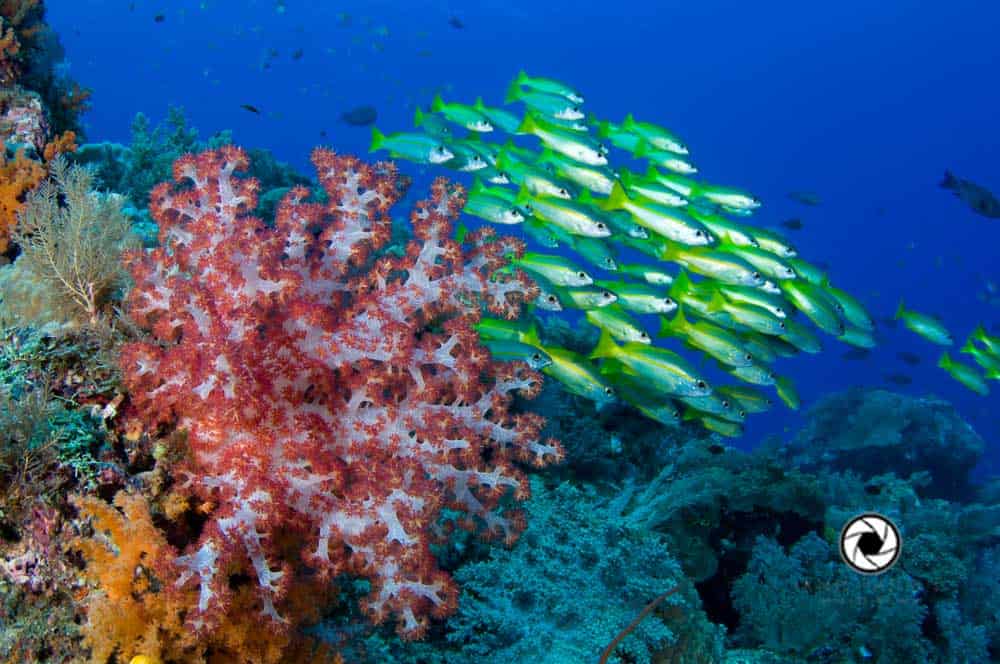
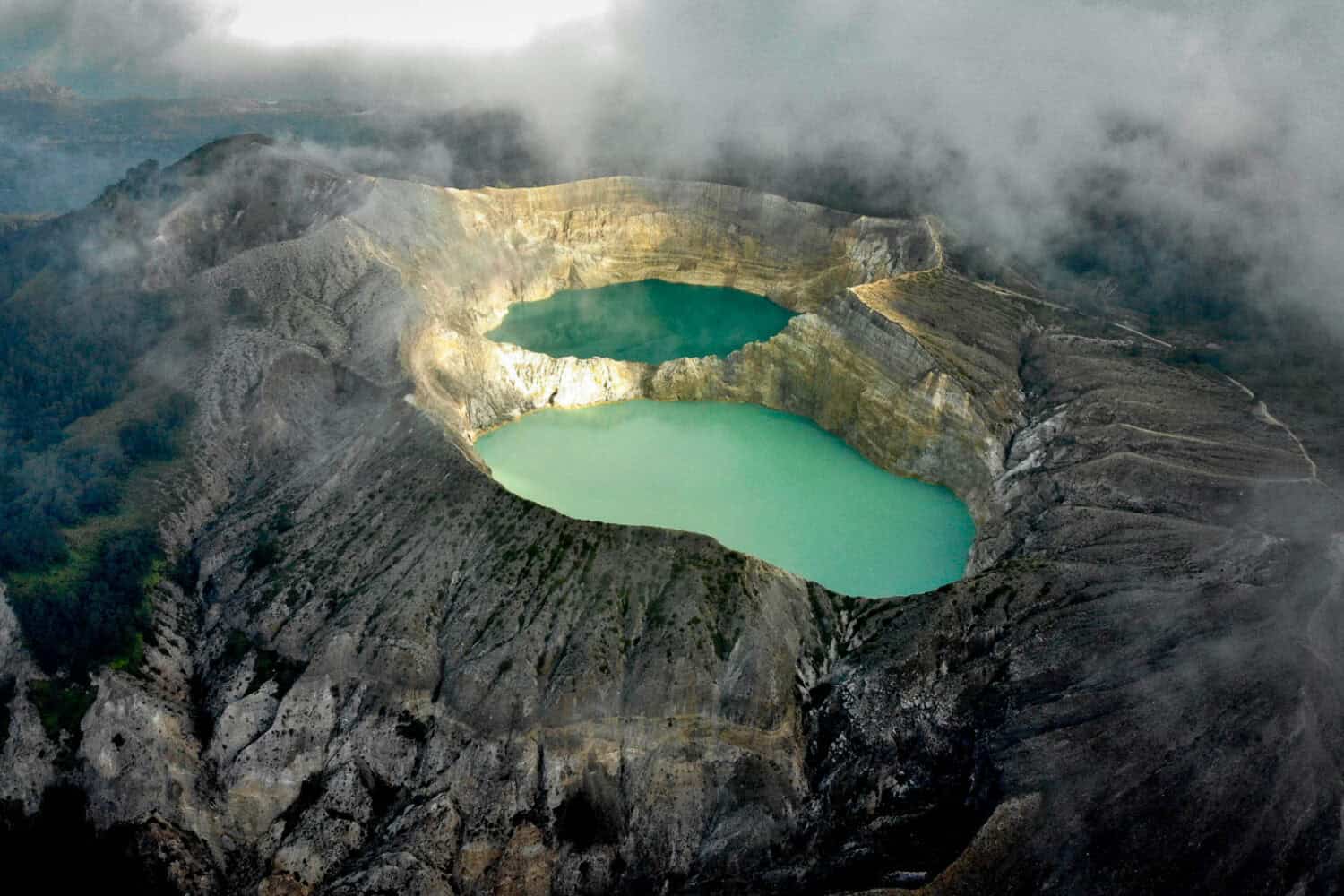
 The Rapid Drone Evolution
The Rapid Drone Evolution

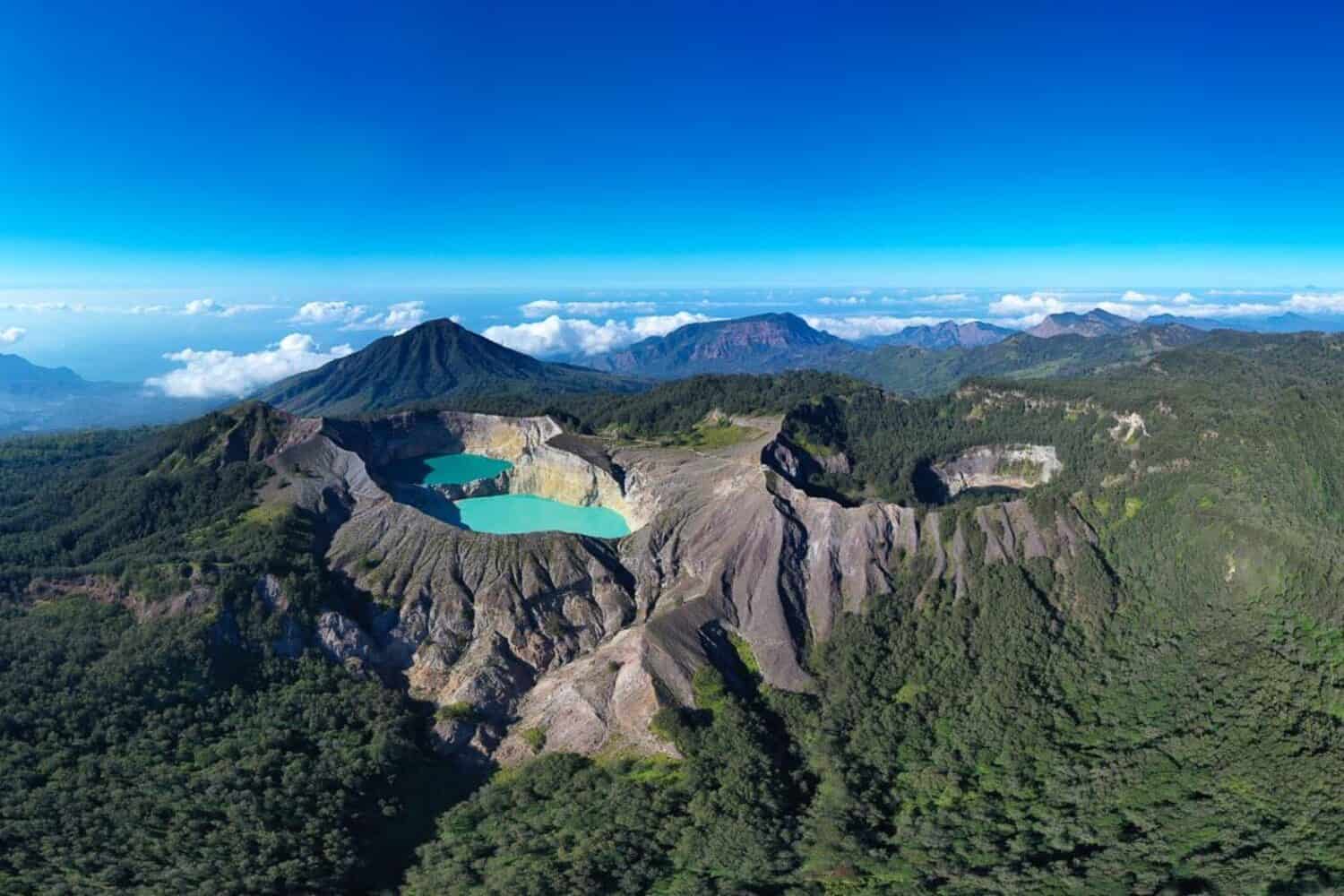
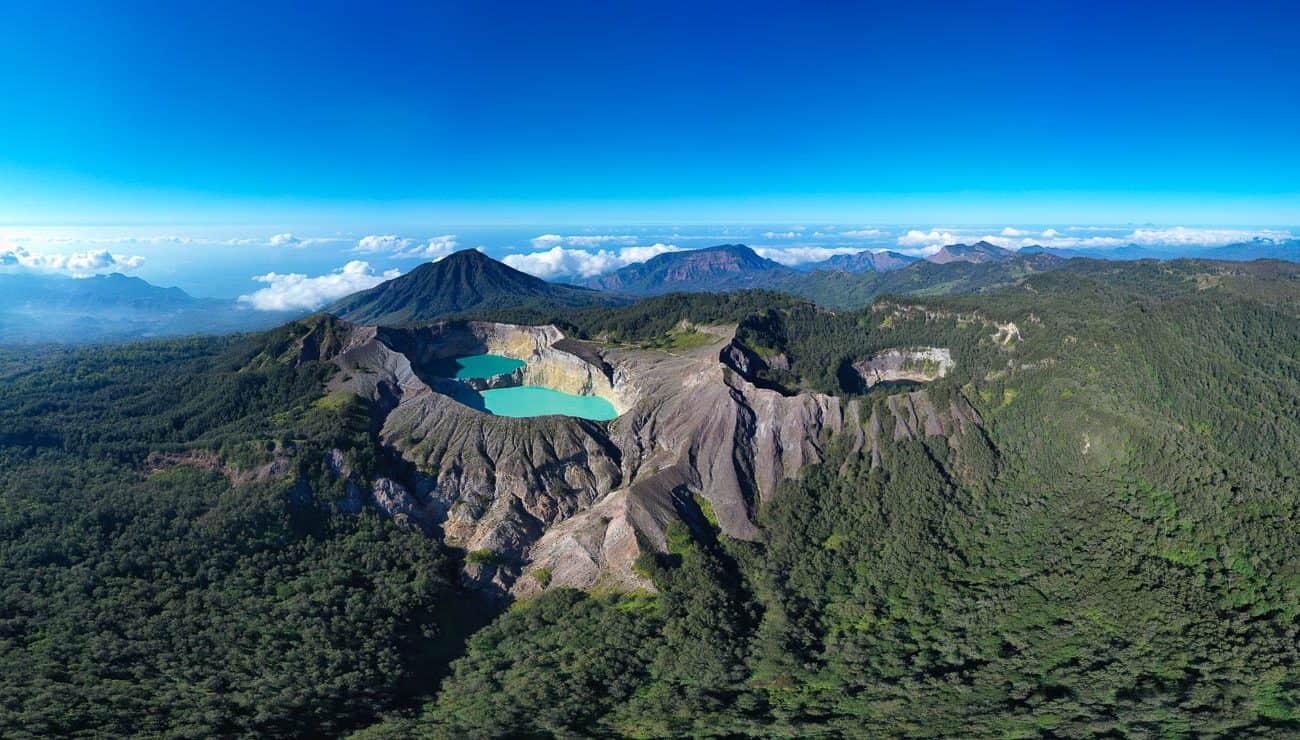
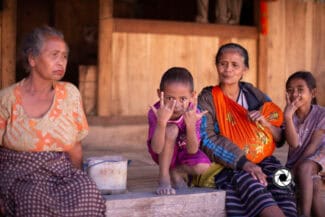 The mountainous interior of the island means that the local populations developed in isolation. This means that each area has distinct cultural traditions and languages. Although mainly Catholic, the local people maintain many of their ancient traditions. For photographers and documentary film makers, this means an incredible opportunity to create. The intricate dances and ceremonies that take place during harvest festivals are a treasure to observe. With very few outsiders visiting the interior of the island, everyone is welcomed to attend. The key is attending festivals that are not a set performance for tourists. We can help organize this via our web of local knowledge.
The mountainous interior of the island means that the local populations developed in isolation. This means that each area has distinct cultural traditions and languages. Although mainly Catholic, the local people maintain many of their ancient traditions. For photographers and documentary film makers, this means an incredible opportunity to create. The intricate dances and ceremonies that take place during harvest festivals are a treasure to observe. With very few outsiders visiting the interior of the island, everyone is welcomed to attend. The key is attending festivals that are not a set performance for tourists. We can help organize this via our web of local knowledge.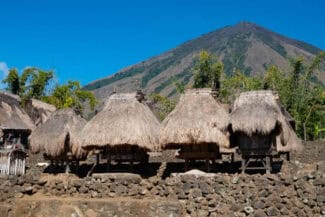 The narrow island has a spine of high mountains running from east to west. These continuous range of mountains and the island itself are the result of the nearby plate subduction zone. The Indo Australian tectonic plate is sinking beneath the Eurasian plate which creates the Indonesian part of the “Ring of Fire”. With subduction comes the creation of volcanoes and Flores has no shortage of those! There are 11 active and many extinct volcanoes in Flores. They range in form and shape from the classic pyramid shape to a more flat topped variety. What they all share in common is a wonderful green jungle landscape. For content creation, there is nothing more beautiful than the early morning light on a mountain with mist rising from the trees. Flores offers these landscapes from one end of the island to the other.
The narrow island has a spine of high mountains running from east to west. These continuous range of mountains and the island itself are the result of the nearby plate subduction zone. The Indo Australian tectonic plate is sinking beneath the Eurasian plate which creates the Indonesian part of the “Ring of Fire”. With subduction comes the creation of volcanoes and Flores has no shortage of those! There are 11 active and many extinct volcanoes in Flores. They range in form and shape from the classic pyramid shape to a more flat topped variety. What they all share in common is a wonderful green jungle landscape. For content creation, there is nothing more beautiful than the early morning light on a mountain with mist rising from the trees. Flores offers these landscapes from one end of the island to the other.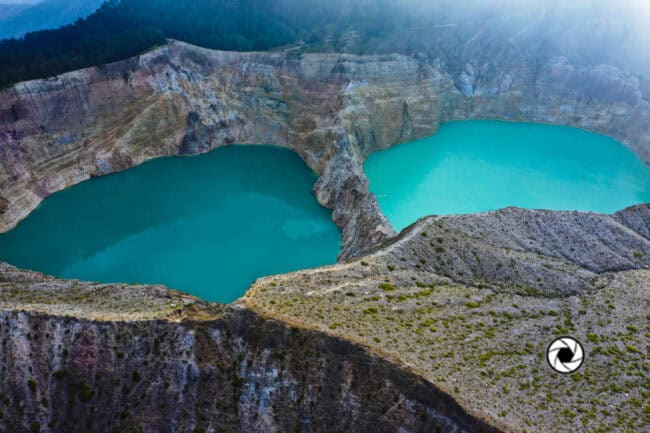 With a mix of volcanoes, ancient houses, beautiful jungles, and and ancient and thriving culture, Flores island offers endless opportunities for the film maker. Knowing where and when to go is also important. We can help aspiring film crews to organize their trip to this beautiful and little known territory.
With a mix of volcanoes, ancient houses, beautiful jungles, and and ancient and thriving culture, Flores island offers endless opportunities for the film maker. Knowing where and when to go is also important. We can help aspiring film crews to organize their trip to this beautiful and little known territory. 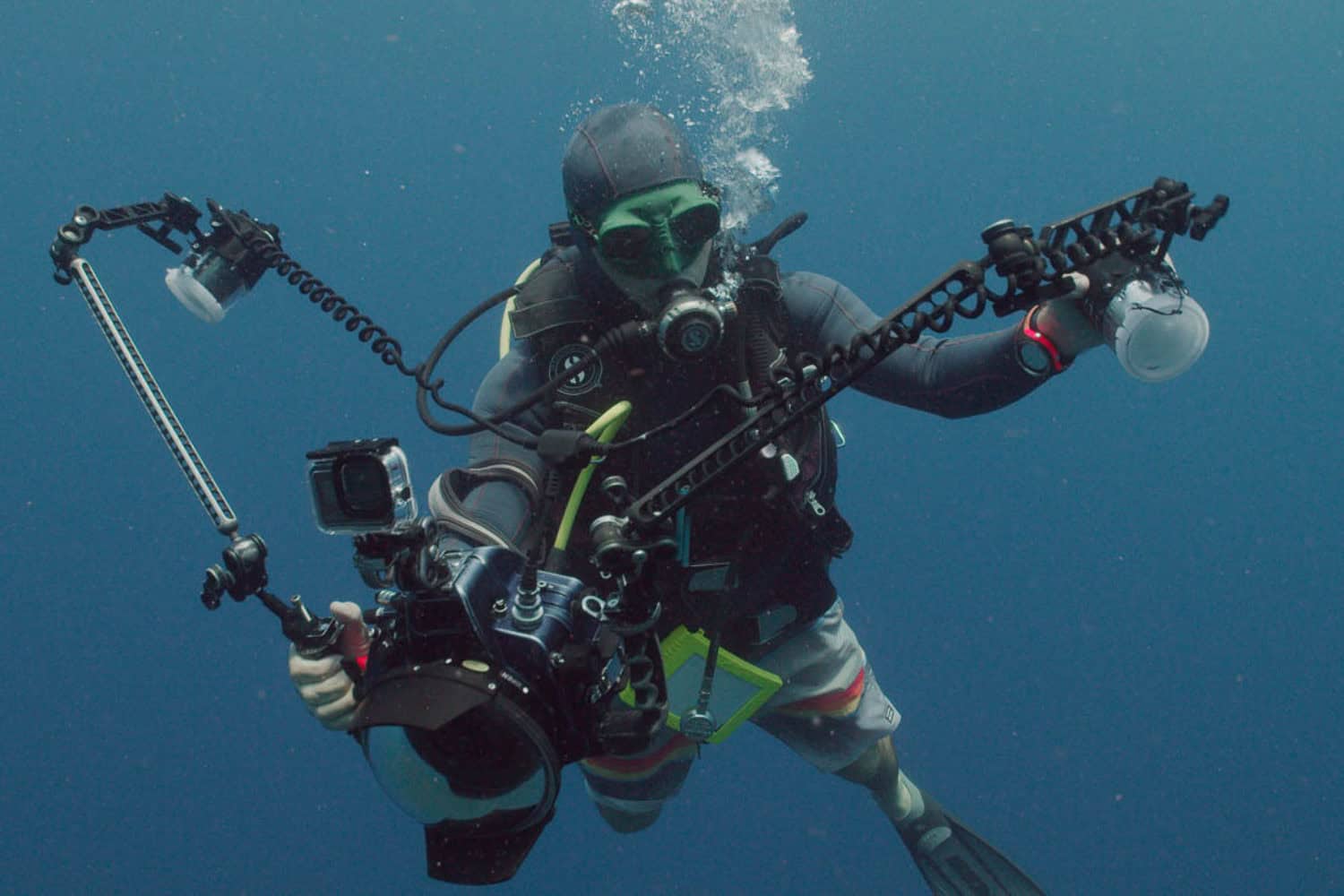
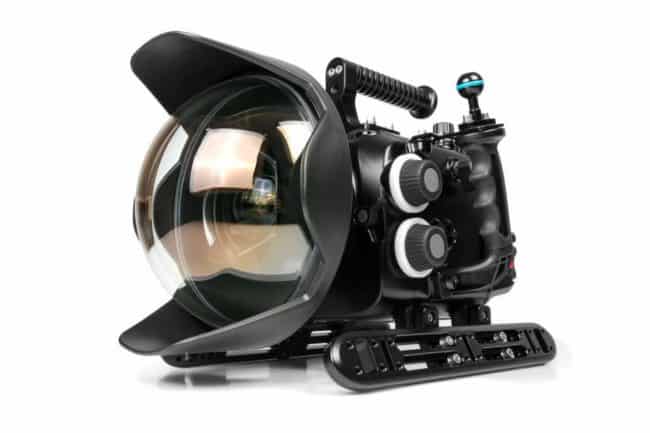 Although it’s often used in many productions, from BBC documentaries to feature films, underwater filming is a mystery to many. There are many forms of underwater filming, from shallow bath tub shots to deep sea cinematography. Each of these disciplines requires both the necessary skillset as well as the right equipment. In this article we will discuss the tools that are needed to film on scuba.
Although it’s often used in many productions, from BBC documentaries to feature films, underwater filming is a mystery to many. There are many forms of underwater filming, from shallow bath tub shots to deep sea cinematography. Each of these disciplines requires both the necessary skillset as well as the right equipment. In this article we will discuss the tools that are needed to film on scuba.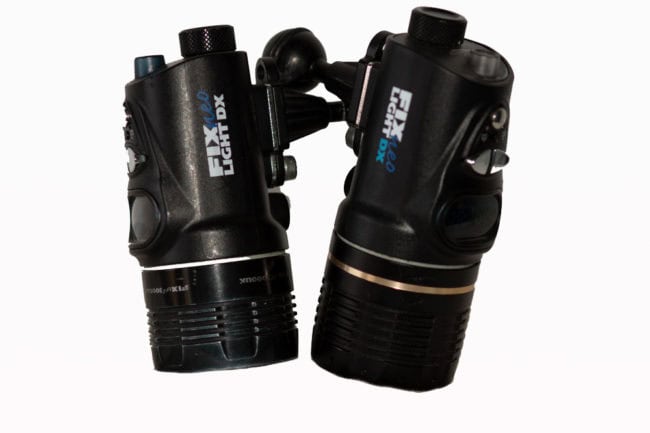 There is nothing worse for filming than the colour sapping effect of water. The colour spectrum of water is adversely affected by depth which means that in as shallow of water as 10 ft (3 metres), the red spectrum is gone! Once past 20 feet (7 metres or so) then everything pretty much appears blue/green. In order to get true colour on the screen underwater lights are needed. Lights come in many sizes and brightness, however, with the advent of LED technology over the years, quality lighting has become more affordable. When it comes to underwater lighting, it’s always best to have more. Modern lights have many power settings so even the brightest lights can be turned down. For macro/close up work, not as much light is needed. However, for wide angle work, bright lights are needed to bring out the rich colours underwater.
There is nothing worse for filming than the colour sapping effect of water. The colour spectrum of water is adversely affected by depth which means that in as shallow of water as 10 ft (3 metres), the red spectrum is gone! Once past 20 feet (7 metres or so) then everything pretty much appears blue/green. In order to get true colour on the screen underwater lights are needed. Lights come in many sizes and brightness, however, with the advent of LED technology over the years, quality lighting has become more affordable. When it comes to underwater lighting, it’s always best to have more. Modern lights have many power settings so even the brightest lights can be turned down. For macro/close up work, not as much light is needed. However, for wide angle work, bright lights are needed to bring out the rich colours underwater.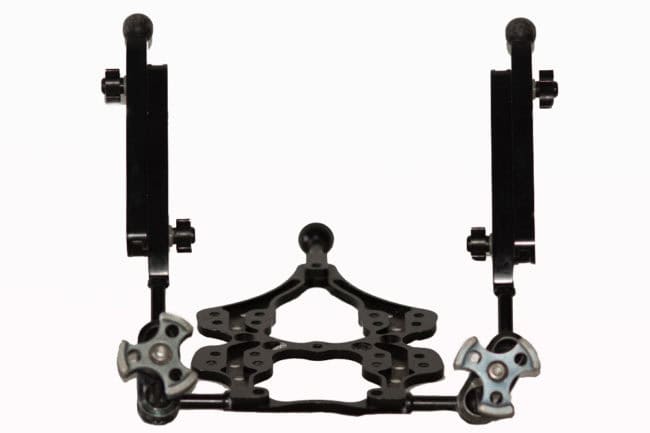 Although many would not think of it for underwater, a tripod is a very useful tool. The main use of a tripod is for static shots when using a narrow angled lens. Keeping the camera still underwater is not easy as such effects of current, waves, and the act of breathing all create movement. When shooting marine life an underwater tripod comes in very handy. It can also be used for wider scenes such as capturing schools of fish moving over coral reefs. There are also uses for tools such as sliders when capturing natural history behaviour.
Although many would not think of it for underwater, a tripod is a very useful tool. The main use of a tripod is for static shots when using a narrow angled lens. Keeping the camera still underwater is not easy as such effects of current, waves, and the act of breathing all create movement. When shooting marine life an underwater tripod comes in very handy. It can also be used for wider scenes such as capturing schools of fish moving over coral reefs. There are also uses for tools such as sliders when capturing natural history behaviour.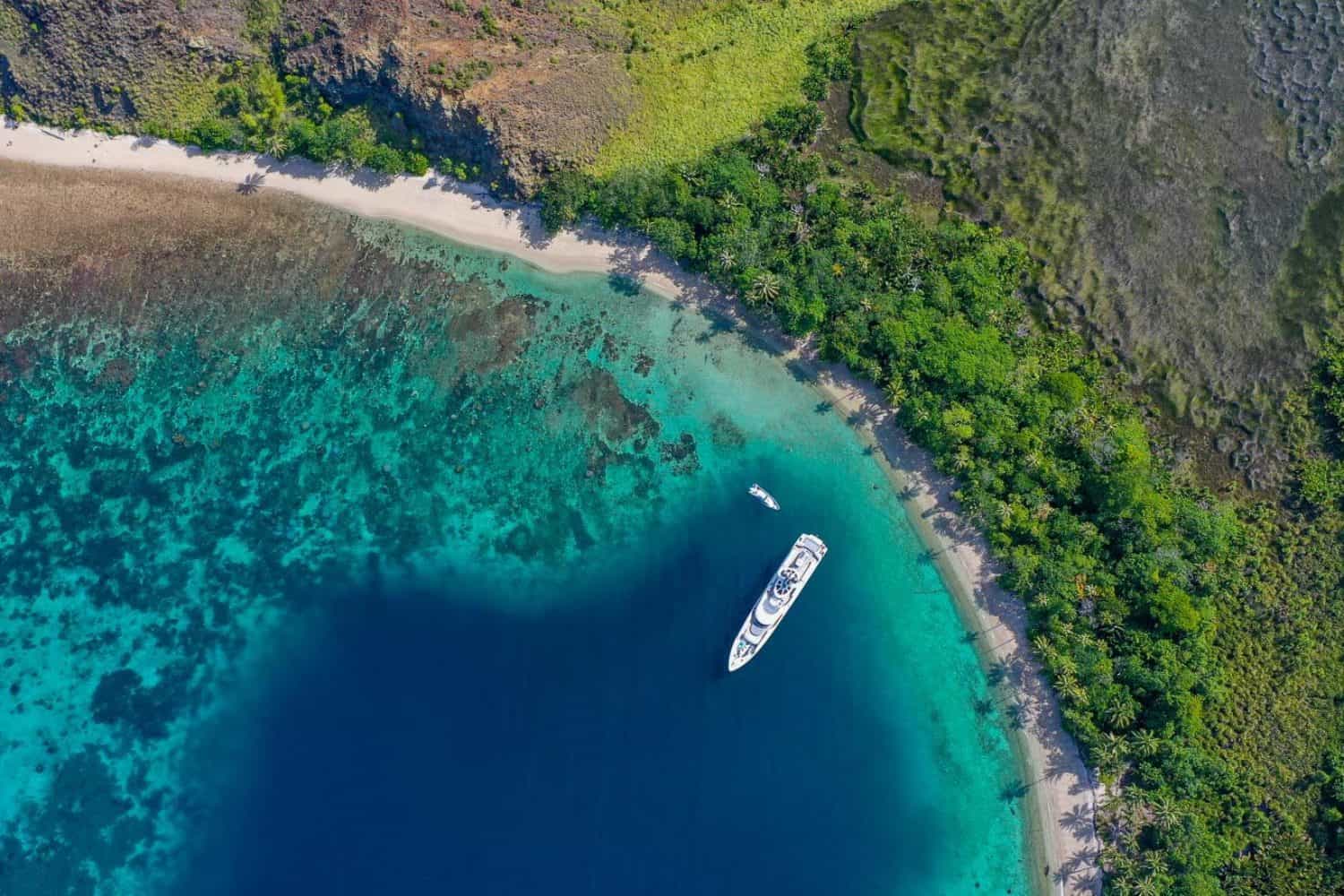
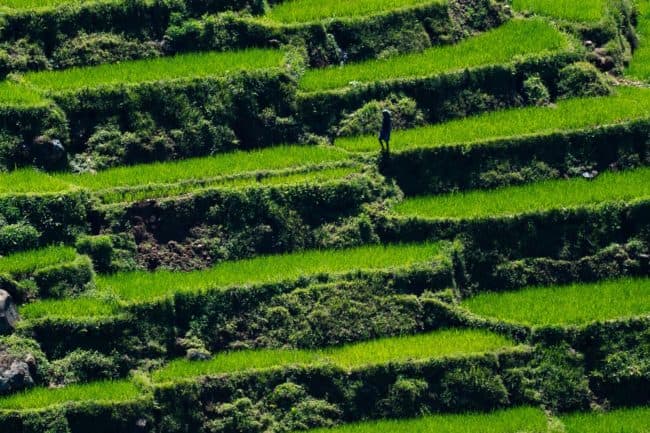
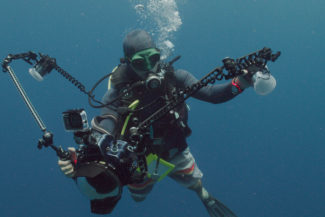 We have been working in the photography and filming business for 20 years. Our first specialty lies in the underwater world. We have thousands of dives under our belts with cameras in hand. This long experience underwater allows us to be comfortable and confident underwater in all environments. This means that our underwater work is rock steady and professional. Clients looking for underwater imagery want steady and colourful work, the best way to achieve this is to work with professional underwater camera people.
We have been working in the photography and filming business for 20 years. Our first specialty lies in the underwater world. We have thousands of dives under our belts with cameras in hand. This long experience underwater allows us to be comfortable and confident underwater in all environments. This means that our underwater work is rock steady and professional. Clients looking for underwater imagery want steady and colourful work, the best way to achieve this is to work with professional underwater camera people.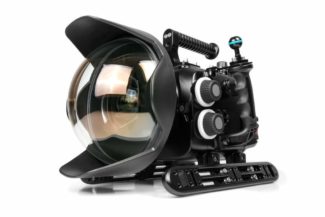 We do have a limited amount of equipment for rent. Our main rental option is the RED Gemini 5K. We can also offer the full underwater equipment that is needed for this camera to film below the surface. Please ask us for our rental pricing.
We do have a limited amount of equipment for rent. Our main rental option is the RED Gemini 5K. We can also offer the full underwater equipment that is needed for this camera to film below the surface. Please ask us for our rental pricing.